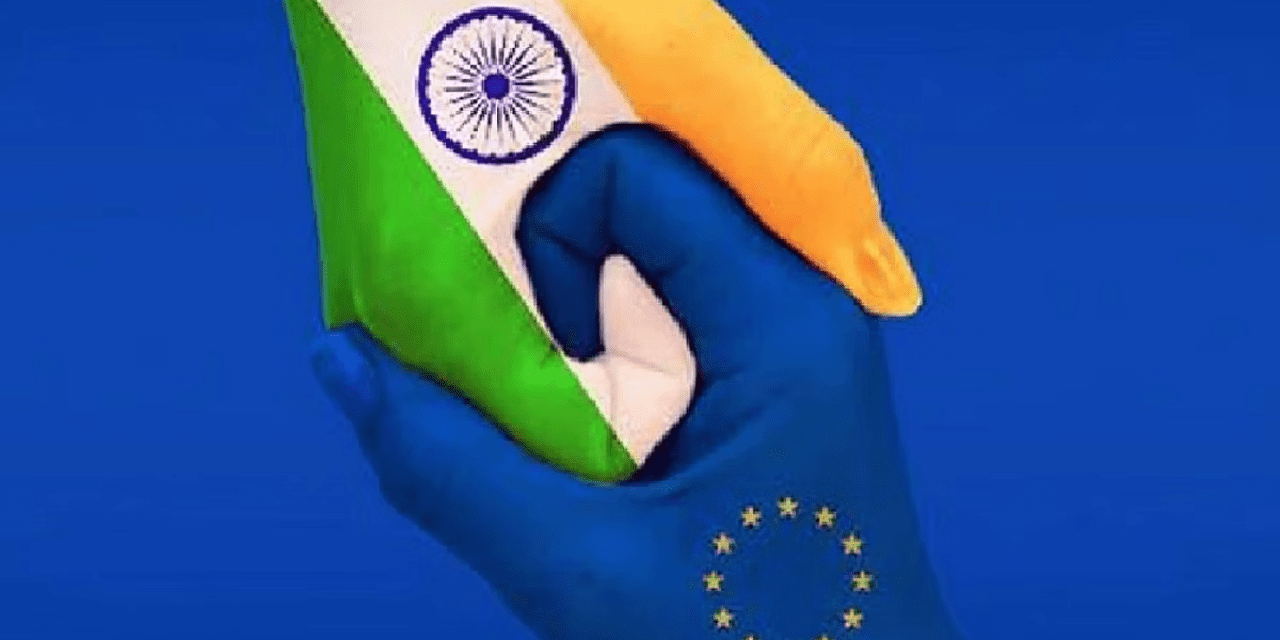As two sizable democracies, India and the EU have a long history of shared principles, political interactions, and shared interests. The resumption of negotiations for a bilateral trade agreement coincided with the 60th anniversary of the two economies’ partnership in 2022. Both parties have agreed to expedite negotiations in order to reach a trade agreement by the end of 2023. With his most recent trip to Brussels, Union Minister for Commerce and Industry Piyush Goyal gave the talks a boost and gave India a platform to cooperate with the EU to address delicate topics like market access restrictions. It will assist in forging a consensus for a fair and substantial trade deal, which would improve our exports and spur economic expansion and job creation. both sides of. India presents an alluring alternative market to China for EU investors as one of the economies with the strongest growth rates worldwide.
India’s third-largest trading partner is the EU, which accounts for 10.8% (or around €88 billion) of our total goods trade. The two economies’ goods trade increased by nearly 30% over the past ten years. The EU is a significant export market for us, and India has a positive trade balance with it in many areas, including agri-food items. Food imports from the EU into India climbed from approximately $410 million in 2011 to roughly $920 million in 2021, while food exports from India to the EU increased from $2.65 billion in 2011 to $3.01 billion in 2021. services exchanged between In 2020, trade between India and the EU was close to €30,4 billion. Over time, foreign investment from the EU into India has expanded; in 2020, the stock of EU foreign investment in India is expected to be over €87.3 billion. The presence of more than 6,000 European businesses in India has significantly increased employment there.

